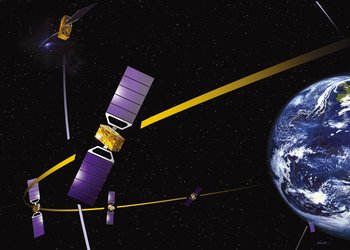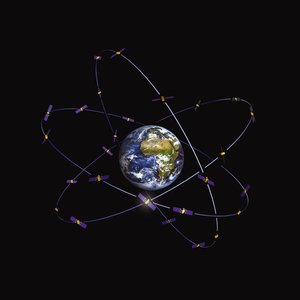Saving on fuel and safeguarding the environment with smart driving
A new system is using satellite navigation data to help car drivers develop smart, smooth and safe driving techniques that can help save an average of 15-25% in fuel, as well as contribute to environmental protection.
Many modern vehicles are designed to combine high performance and low fuel consumption. However, a fuel-saving car design can be compromised by driver behaviours that can make fuel consumption of even the greenest car soar, such as repeated rapid acceleration and abrupt braking.
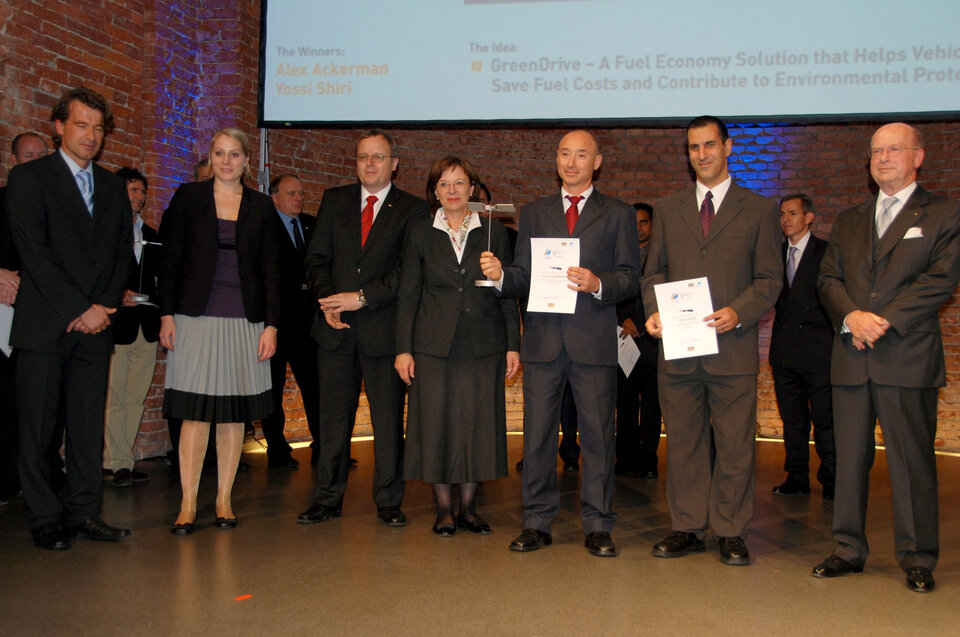
Two inventors, Alex Ackerman from Sweden and Yossef Shiri from Israel, have come up with an intelligent system named GreenDrive that combines information on where a vehicle is located, what the road conditions are and the type of car being used to calculate and advise the driver on the most economical driving style to use, when to accelerate, when to brake, and when to keep the speed constant.
International prize winner
In the European Satellite Navigation Competition 2008, which ESA’s Technology Transfer Programme supported, Ackerman and Shiri won first prize in the Bavaria Region in Germany and were the first runner-up for the overall Galileo Masters prize.
“We are extremely honoured to have had our GreenDrive selected from such a large pool of highly competitive solutions from around the world,” says Alex Ackerman, Chief Executive Officer of Road-Guard.
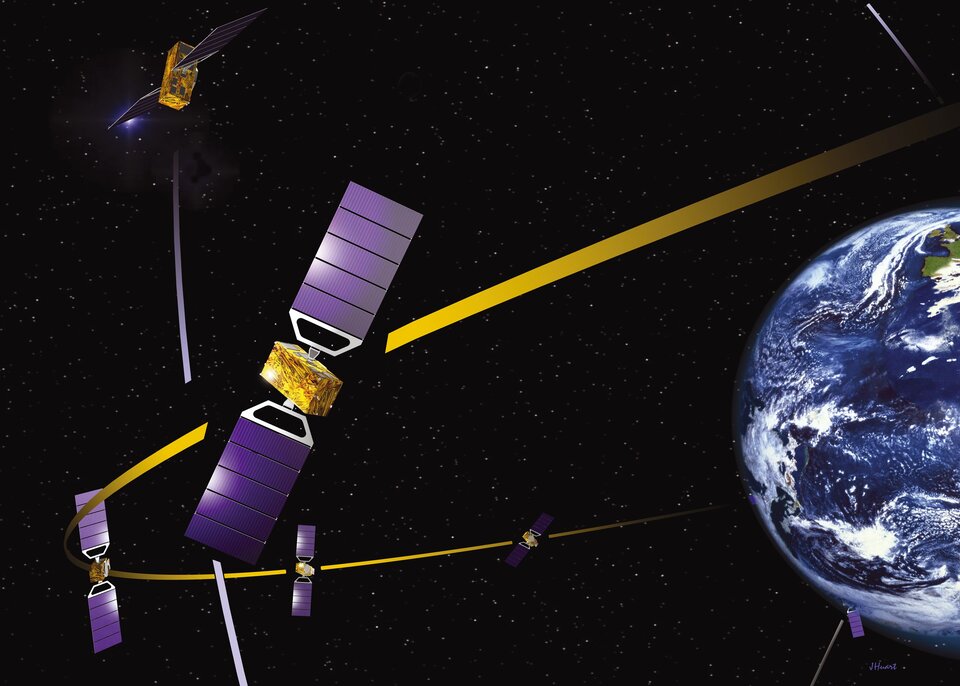
“Our system reduces the fuel consumption of a vehicle in a very intuitive way for the driver. It can run on a mobile phone or a personal navigation device, and takes the environment into account when advising the driver on the most economical speed and acceleration,” explains Yossi Shiri, Road-Guard co-founder and Vice President for Business Development.
The GreenDrive system uses satellite positioning information. At the moment from GPS, but in the future it may use the Galileo system to take advantage of the higher accuracy.
With satellite navigation data the system knows the exact location, speed and acceleration of the vehicle. Digital maps provide information on road properties, elevation, traffic signs, speed limits and other elements that can affect car performance.

Information on the type of car, what fuel it uses and the size of the engine is also incorporated in order to calculate the most economical speed and, if necessary, the acceleration profile. This information is given to the driver both in graphical displays and audio alerts.
“Let’s say you are driving and 300 metres ahead of you there is a stop sign which you do not see because the road bends. The system will tell you to reduce your speed and take your foot off the accelerator. The system knows how to optimise your driving, reducing unnecessary speed-ups and, consequently, abrupt brakings. Other times, the system will advise you that the optimal mode is just to keep a constant speed,” adds Yossi Shiri.
How much can be saved?
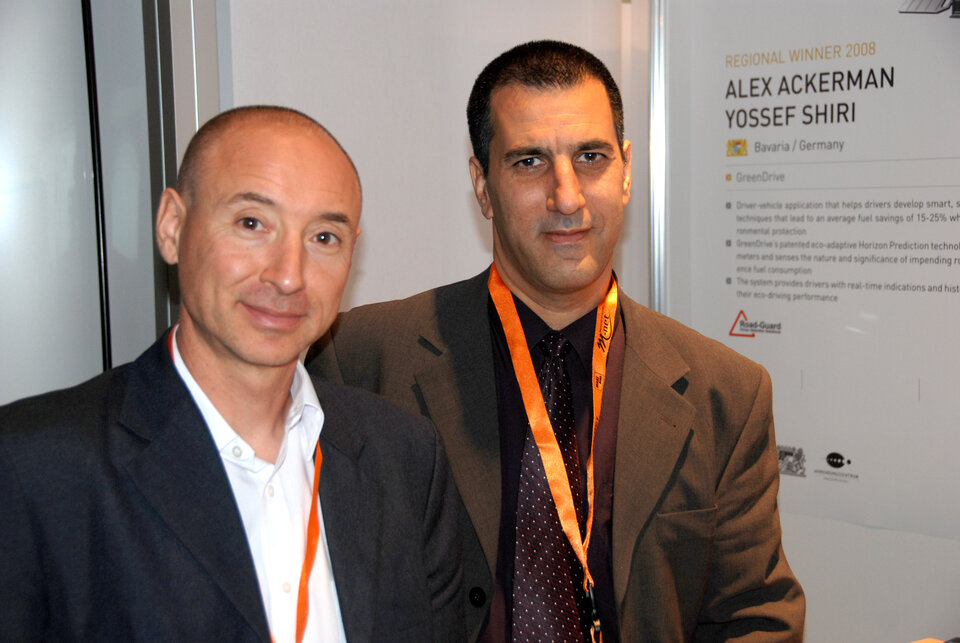
“We are currently in the field testing stage. We are fine-tuning the algorithms and have already seen it is possible to save, on average, 15-20% in fuel,” says Alex Ackerman.
There are at least four parameters that affect fuel economy: the vehicle itself, the road conditions, speed limits and, the most important one, the driving style. The objective of the system is to eliminate the influence of the driving style by calculating, at any given time, the most economical speed by taking into account all parameters and communicating it to the driver.
“When we talk about saving fuel it all depends on what kind of driving behaviour we are starting with. If you are a ‘car racer’ and drive in a very aggressive manner, with this system you can save more than 50% on your fuel. However, if you are already a very calm and a very fuel economy-aware driver, the amount you will save will be much lower. It also depends a lot on where you drive, in the mountains, on the highway or in the city," notes Yossi Shiri.
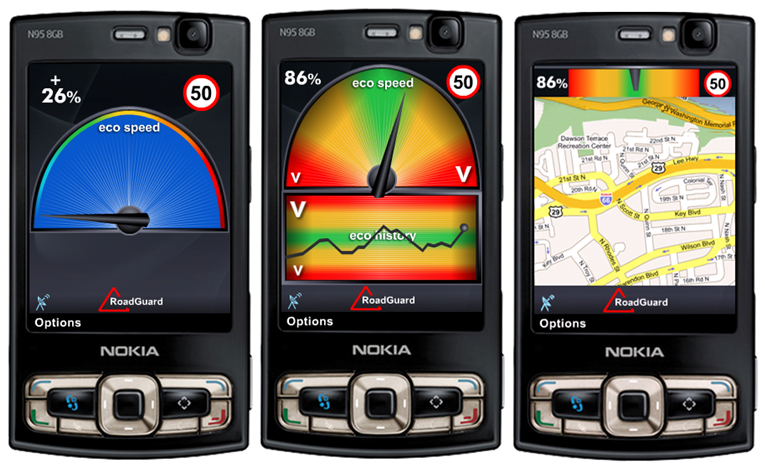
"From the tests we have carried out, we see an average of 15-25% in fuel saving for most drivers."
Information related to the vehicle and driver performance is collected during driving. After a journey is completed, drivers are able to evaluate the collected data in a web application, which statistically analyses data and provides feedback. While the in-car unit provides immediate feedback to help drivers improve their driving style and behaviour and make their driving safer and more economical, the analysis after a trip can help the driver understand what can still be improved.
The GreenDrive system is a teaching tool that helps drivers to improve their driving style in order to reduce fuel consumption.
In addition to immediate fuel saving, this system also helps to protect the environment by reducing traffic pollution emissions and producing less carbon dioxide, the main gas responsible for global climate change.
ESA's Technology Transfer Programme Office (TTPO)
The main mission of the TTPO is to facilitate the use of space technology and space systems for non-space applications and to demonstrate the benefit of the European space programme to European citizens. The office is responsible for defining the overall approach and strategy for the transfer of space technologies, including the incubation of start-up companies and their funding.
For more information, please contact:
ESA’s Technology Transfer Programme Office
Frank M. Salzgeber
European Space Agency ESA
Keplerlaan 1, 2200 AG, Noordwijk ZH
The Netherlands
Phone: +31 (0) 71 565 6208
Email: ttp @ esa.int
Website: http://www.esa.int/ttp






